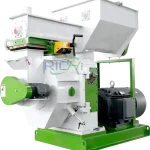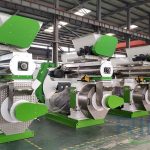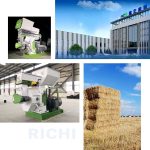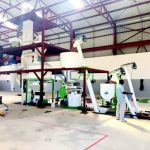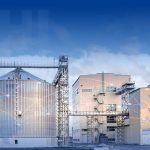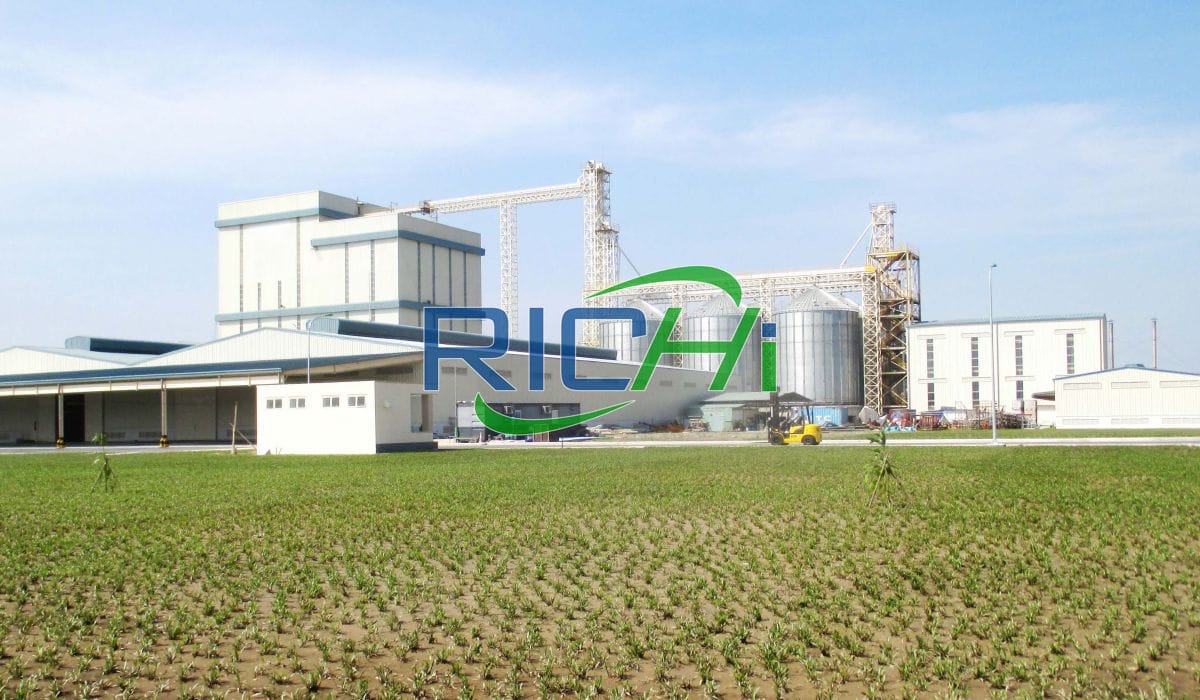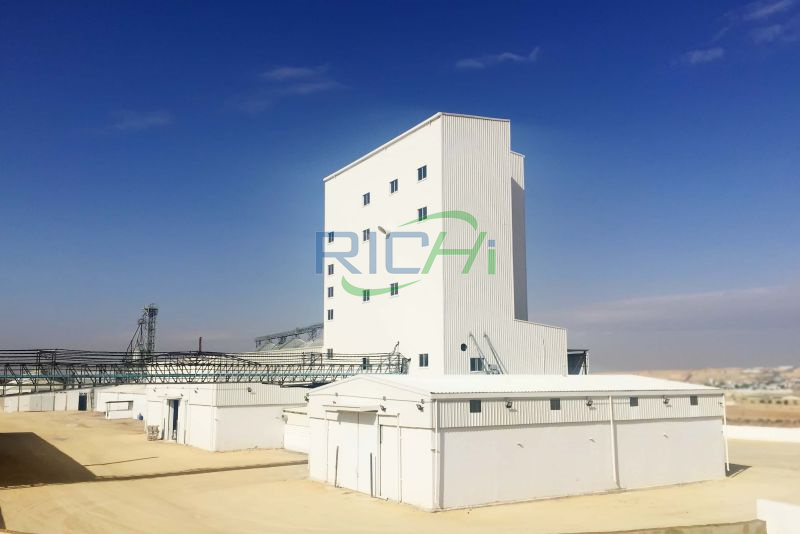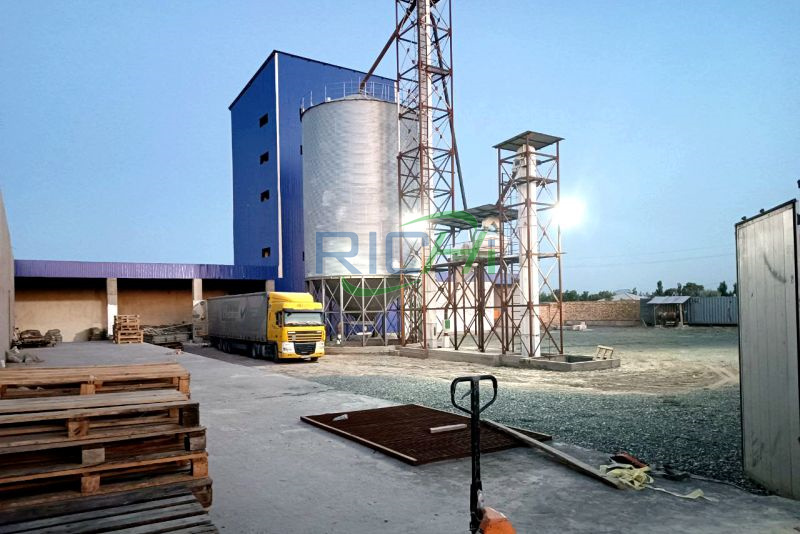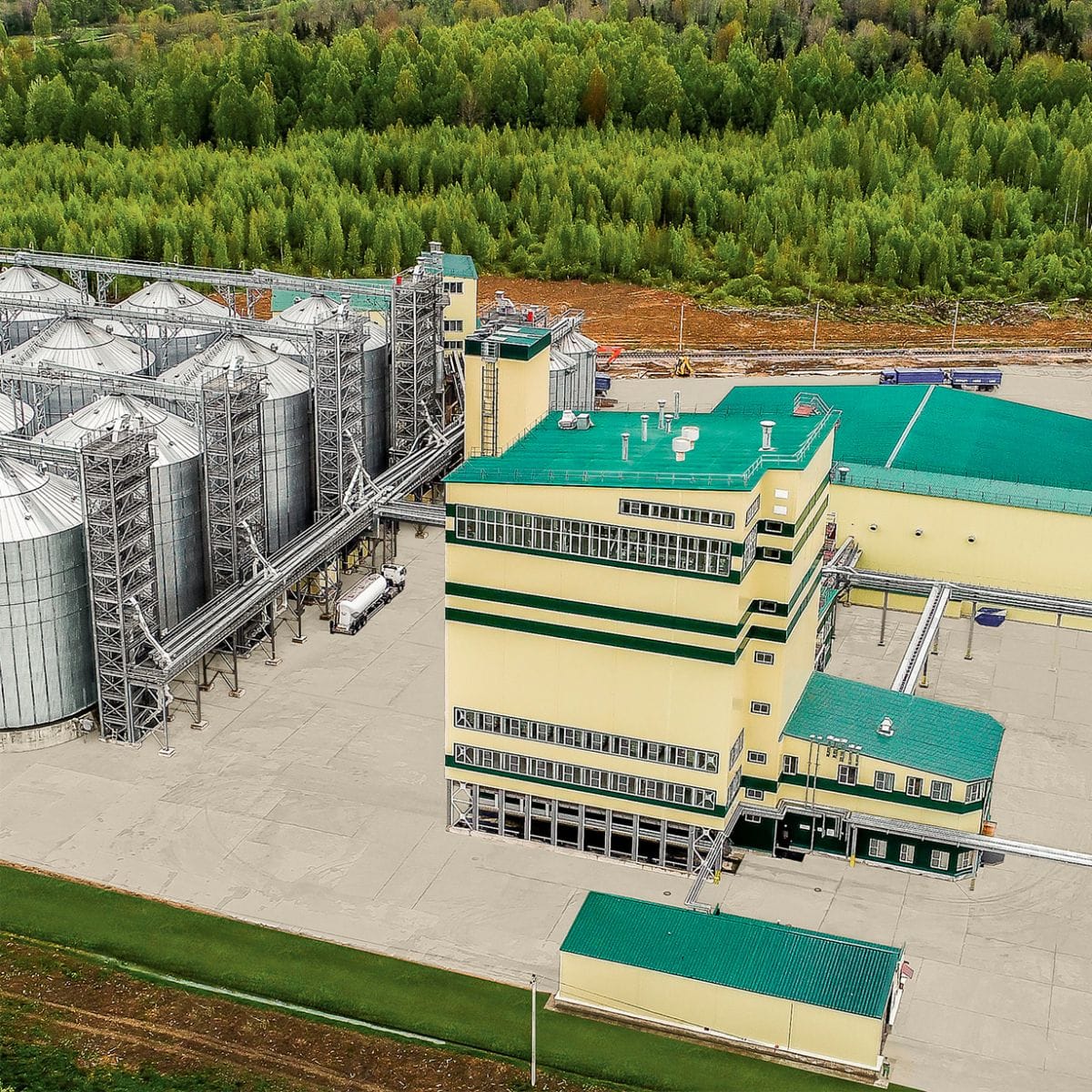A 10 tons per hour (t/h) animal feed production line represents a significant investment in the feed manufacturing industry. The allocation of equipment costs in such a production line plays a crucial role in determining the overall production costs and, ultimately, the profitability of the operation. This article explores how the distribution of equipment costs across various components of a 10t/h animal feed production line influences total production expenses.
Key Equipment Components and Their Cost Allocation
A typical 10t/h animal feed production line consists of several key components:
- Raw Material Handling Equipment (10-15% of total equipment cost)
- Grinding Equipment (10-15%)
- Mixing Equipment (10-15%)
- Pelleting Equipment (25-30%)
- Cooling and Drying Equipment (10-15%)
- Screening and Grading Equipment (5-10%)
- Packaging Equipment (5-10%)
- Auxiliary Equipment (10-15%)
Impact on Overall Production Costs
- Raw Material Handling Equipment
Investing in efficient raw material handling equipment can significantly reduce labor costs and minimize raw material losses. While this equipment typically accounts for 10-15% of the total equipment cost, its impact on production costs can be substantial.For example, automated silos and conveying systems may increase initial costs but can reduce labor requirements by up to 50% and minimize raw material wastage by 2-3%. Over time, these savings can offset the higher initial investment.
- Grinding Equipment
Grinding equipment, crucial for particle size reduction, affects both energy consumption and feed quality. Allocating 10-15% of the equipment budget to high-quality grinders can lead to:
- Improved energy efficiency (10-15% reduction in energy costs)
- Better feed conversion rates due to optimal particle size
- Reduced maintenance costs and downtime
These factors contribute to lower overall production costs and improved feed quality, potentially commanding higher market prices.
- Mixing Equipment
Efficient mixing equipment ensures homogeneous distribution of ingredients, directly impacting feed quality. Allocating 10-15% of the equipment budget to advanced mixers can:
- Reduce mixing times by 20-30%
- Improve feed uniformity, leading to better animal performance
- Minimize ingredient over-usage, potentially saving 1-2% on raw material costs
These improvements can significantly reduce production costs while enhancing product quality.
- Pelleting Equipment
As the core of the production line, pelleting equipment typically accounts for 25-30% of the total equipment cost. Investing in high-quality pellet mills can:
- Increase pellet durability by 10-15%
- Improve energy efficiency by 5-10%
- Reduce fines production by 3-5%
These factors contribute to lower production costs through reduced energy consumption, improved feed efficiency, and decreased need for reprocessing.
- Cooling and Drying Equipment
Efficient cooling and drying equipment, accounting for 10-15% of equipment costs, can significantly impact product quality and storage stability. Investing in advanced systems can:
- Reduce energy consumption by 15-20%
- Improve pellet durability by 5-8%
- Extend product shelf life, reducing returns and waste
These benefits contribute to lower overall production costs and improved customer satisfaction.
- Screening and Grading Equipment
While screening and grading equipment typically represent only 5-10% of total equipment costs, their impact on final product quality is substantial. High-quality screening systems can:
- Reduce fines in the final product by 2-3%
- Improve product uniformity, potentially commanding premium prices
- Minimize product returns and customer complaints
These factors indirectly contribute to lower production costs by reducing waste and improving market position.
- Packaging Equipment
Efficient packaging equipment, accounting for 5-10% of equipment costs, can significantly impact labor costs and product presentation. Investing in automated packaging systems can:
- Reduce labor costs by 30-40% in the packaging area
- Improve package integrity, reducing product damage during transport
- Enhance product appearance, potentially supporting higher pricing
These benefits contribute to lower overall production costs and improved market competitiveness.
- Auxiliary Equipment
Auxiliary equipment, including control systems, dust collection, and utilities, typically accounts for 10-15% of total equipment costs. Investing in advanced auxiliary systems can:
- Reduce energy consumption by 5-10% through optimized process control
- Improve worker safety and reduce associated costs
- Enhance overall plant efficiency by 3-5%
These improvements contribute to lower production costs and improved operational efficiency.
Long-term Impact on Production Costs
While allocating more budget to high-quality equipment may increase initial investment costs, it often leads to significant long-term savings in production costs:
- Energy Efficiency
Investing in energy-efficient equipment across the production line can reduce overall energy costs by 10-20%, significantly impacting production expenses in regions with high energy prices. - Labor Costs
Automation and advanced control systems can reduce labor requirements by 20-30%, particularly in material handling, packaging, and process monitoring areas. - Maintenance Costs
High-quality equipment often requires less frequent maintenance and experiences fewer breakdowns, potentially reducing maintenance costs by 15-25% over the equipment’s lifetime. - Raw Material Utilization
Efficient grinding, mixing, and pelleting equipment can improve raw material utilization by 2-4%, significantly impacting overall production costs given that raw materials often account for 60-70% of total production expenses. - Product Quality and Market Position
Improved product quality resulting from better equipment can command premium prices or increase market share, potentially offsetting higher production costs through increased revenue.
ConclusionThe allocation of equipment costs in a 10t/h animal feed production line significantly influences overall production costs. While higher initial investments in quality equipment may seem daunting, they often lead to substantial long-term savings and improved operational efficiency.Feed manufacturers must carefully consider the balance between initial equipment costs and long-term operational expenses. Investing in high-quality, efficient equipment across all stages of the production process can lead to:
- Reduced energy consumption
- Lower labor costs
- Improved raw material utilization
- Enhanced product quality
- Decreased maintenance expenses
These factors collectively contribute to lower overall production costs, improved product quality, and enhanced market competitiveness. As the feed industry continues to evolve, manufacturers who strategically allocate their equipment budget to maximize efficiency and quality will be best positioned for long-term success in this competitive market.
Related post:feed mill engineering

